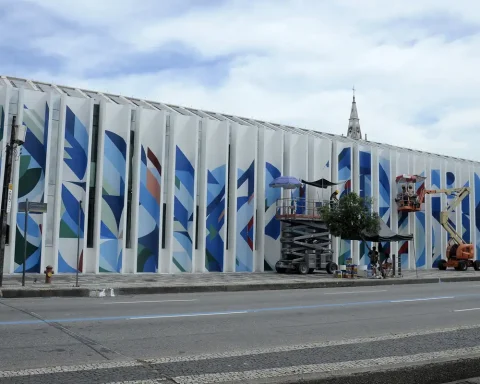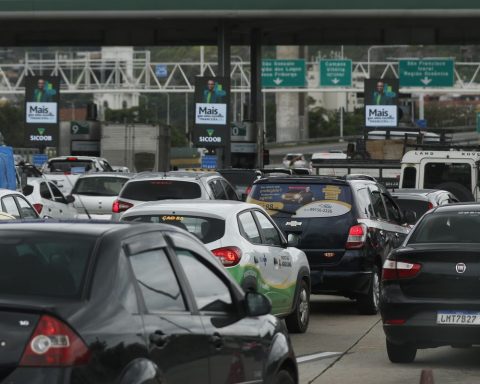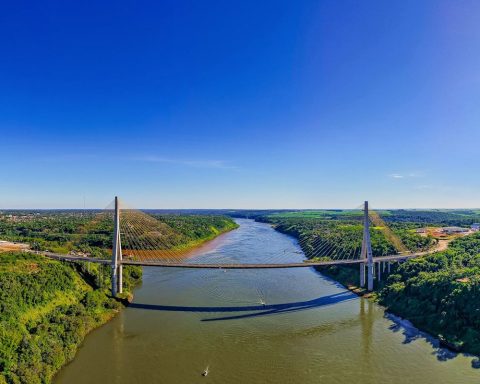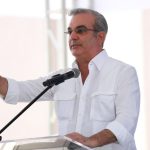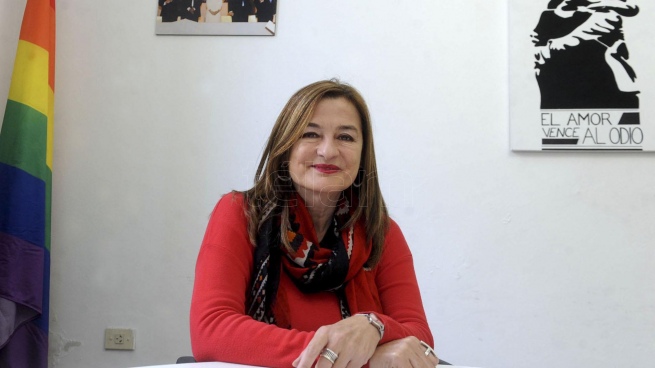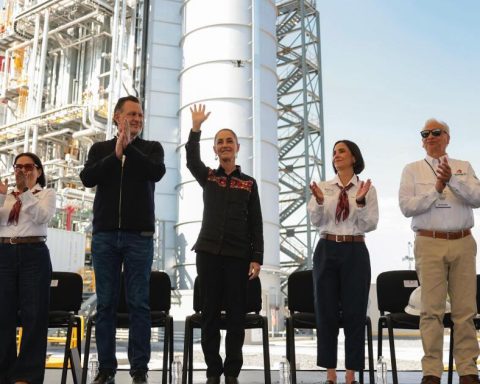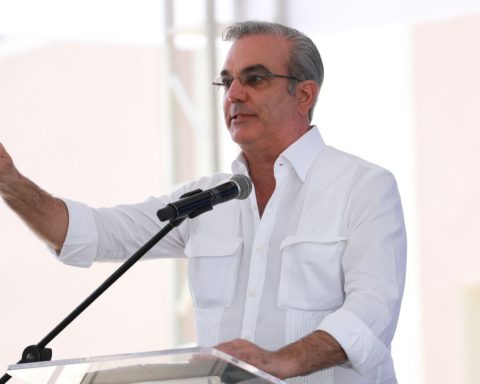Despite the relief abroad, domestic uncertainties prevailed and made the dollar rise again. The stock exchange closed with gains after three consecutive drops, but ended the week lower.
The commercial dollar ended this Friday (24) sold at R$5.253, up by R$0.023 (+0.44%). The price came to operate in fall during the morning. In the afternoon it was stable, but started to rise in the final two hours of trading.
The US currency is at its highest level since February 8, about two weeks before the start of the war between Russia and Ukraine. The dollar rose for the fourth consecutive week, accumulating a high of 10.52% in June alone. In 2022, the currency fell by 5.77%.
The stock market had a less tense day. The B3 Ibovespa index closed at 98,672 points, up 0.6%, influenced by the rise in US stock exchanges and the recovery in the price of several commodities (primary goods with international quotations). Even with today’s recovery, the Ibovespa accumulates its fourth week of decline.
Since the beginning of April, when it reached BRL 4.60, the dollar has risen 14%, mainly motivated by fears that the Federal Reserve (Fed, North American Central Bank) will increase the basic interest rates in the United States beyond what was foreseen for hold down inflation, which is at its highest level since 1981 in the world’s biggest economy.
However, this Friday, investors reacted to negotiations to increase Auxílio Brasil to R$600, to help truck drivers and to increase Auxílio Gás. Today, Senator Fernando Bezerra (MDB-PE), rapporteur of the proposed amendment to the Constitution (PEC) on Fuels, estimated the impact of the increase in Auxílio Brasil at R$ 21.6 billion outside the spending ceiling by the end of the year. . The market fears the impact of the measure on public accounts.
* With information from Reuters

